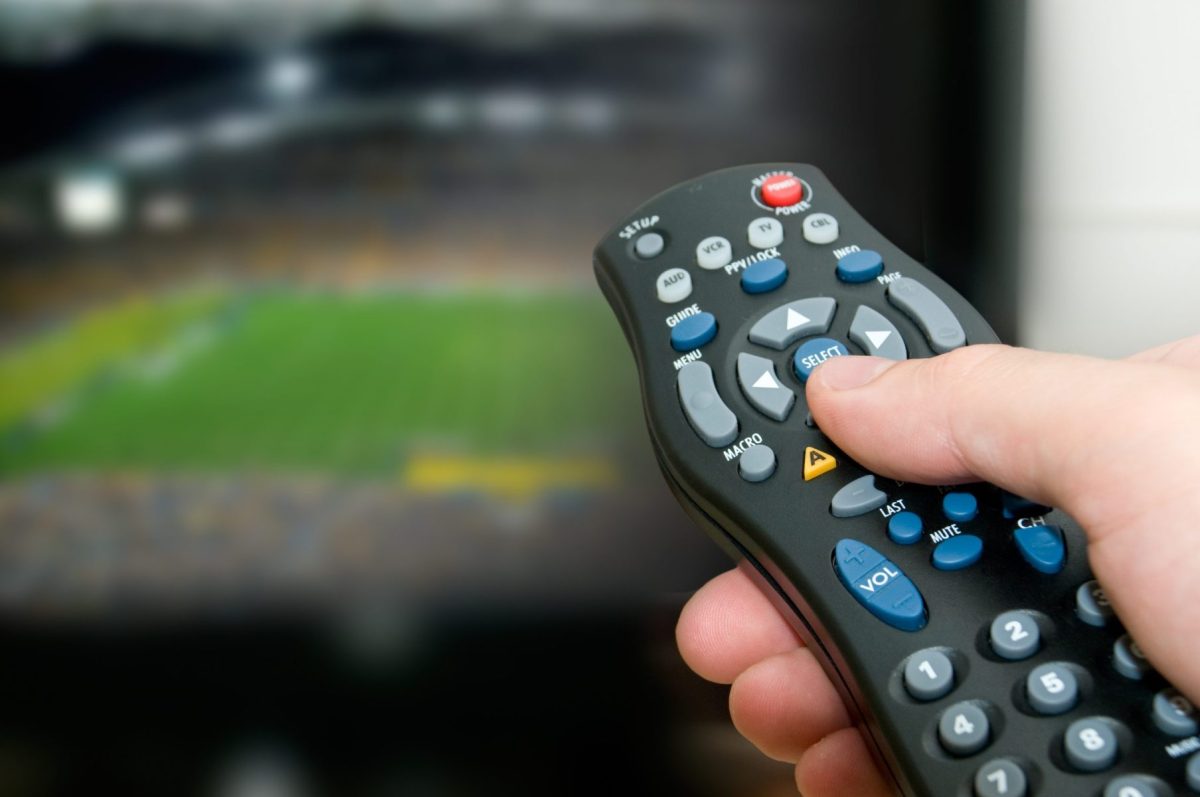Today, there is unprecedented demand for a person’s attention.
Combined with a decreasing amount of free time in younger generations, advertisers must work harder and harder to capture the attention of a consumer. Current research suggests the average adult’s attention span is about eight seconds.
In this article
- Laws Governing Loudness of TV Commercials
- How Producers Are Creating Louder TV Commercials
- So, Why Are Commercials so Loud?
One of the best ways to influence a potential customer is through sensory details. Of course, advertisers will capitalize on the best visuals for their television commercials. However, the sense of sound is equally important to prioritize.
Advertisers can boost the volume and detail of their commercials’ audio to help them stand out. Often tools used in the music industry help TV advertising’s jingles, sound effects, and dialogue sound crisp and easy to hear.
This is an important distinction for viewers who fear their commercials are getting way too loud. Sometimes the audio techniques used for commercials make them seem louder, however, they are objectively fitting within the standards established by the CALM Act.
Some of these tricks include heavily compressing the audio. This strategy makes every sound stand out an equal amount, from a whisper to a car crash. An extremely sharp and detailed dialogue track or sound effect can seem louder. The truth is the sound is much crisper than standard television program dialogue or soundtracks.
Companies use these tactics to help snap viewers out of a hypnotic state while watching TV. This strategy encourages consumers to focus on the advertisement in front of them. Even though it may provoke negative emotions, the commercial is still memorable.
Laws Governing Loudness of TV Commercials
In 2011, the United States Congress quickly passed the CALM Act to monitor the average volume of television commercials. Instead of using government resources to determine audio standards, a group of audio industry volunteers developed the A/85.
This body of research exists as the evidence-based rules for achieving safe, fair, and professional audio in publicly-regulated broadcast media like network television channels and cable networks.
This legislation stands today and provides the existing standard for audio regulation. While this law does not affect streaming services, new rules may develop to address this evolving form of media.
Almost simultaneously to the United States, Europe was striving to standardize its audio quality. The European Broadcast Union facilitates a 56-nation coalition to deliver high-quality public media.
Americans can compare the EBU to our Public Broadcasting Service (PBS) and National Public Radio (NPR). PBS and NPR receive tax funding and deliver national, regional, and local content.
This alliance also delivers the globally-significant cultural landmark of the Eurovision Song Contest and other national competitions like the European Sports Championships.
Unlike the American approach, the European standard evolved from the work of the European Broadcast Union. After extensive research from the EBU, the EBU-R128 standard became law in 2010.
The EBU-R128 also recognizes the idea of an average loudness level, just like in the CALM Act. European providers claim more adherence to this standard than observed in the United States. Television watchers in Europe experience much fewer issues with loud television commercials than in America.
Also, this alliance extends an unbelievable length, from Morocco and other Northern African nations, stretching north to Scandinavian nations like Sweden and Finland, to Russia in the East. Every country on the European continent, like France, Great Britain, Greece, Spain, and Germany, benefits from the European Broadcast Union.
How Producers Are Creating Louder TV Commercials
In addition to using sophisticated audio engineering techniques, commercial producers use other tools to create louder commercials. The key lies in the CALM Act’s specific language around the idea of a ‘loudness budget’.
The CALM Act establishes the acceptable average volume for a television commercial. You notice the nuance here: Congress does not set a maximum volume but an average that the advertisement cannot exceed over its limited time. Each commercial has a ‘loudness budget’, which they can choose to spend in one spot or divide out over the 15 seconds or one-minute-long ad.
For example, a commercial may start with an extremely loud jolt of a high-energy jingle before returning to a quiet volume for the rest of the ad. Because the loud volume falls instead of sustained, it is still legal under the CALM Act. Even if a commercial features a riot of sound, as long as the average volume falls within the acceptable standard, this advertisement is legal.
This tactic appears in commercials for movie trailers. Because these advertisements must fit so much into a short time frame, the sound works to convey the story. Horror, action, and thriller movies lean into this strategy to create louder TV commercials.
So, Why Are Commercials so Loud?
Boisterous television commercials provide part of the soundtrack of our lives, with their unforgettable storylines and catchy songs. But why are TV commercials so loud?
Some laws have been passed in the United States and abroad to help mitigate these rambunctious advertisements. Europe also established an average acceptable volume standard around the same time, in the early 2010s. However, the limits of government regulation and the rise of streaming services make these bills less effective than originally hoped.
Consumers concerned about loud commercials on broadcast and cable providers can contact the FCC to file a formal complaint. Streaming services escape regulation by the federal government. So, these channels provide little opportunity to influence the volume of commercials. Otherwise, faithful TV watchers should embrace the enduring trend of loud television commercials.
Navigate the complicated maze of advertising with skilled voice artists. Whatever your need, discover professional voice talent for your television ad or commercial.

Comments
Why are do ads on radio and television so loud. It is very frustrating and annoying. Please can something be done about this.
These loud commercials just make me mute them rather than making me listen or watch the commercial.